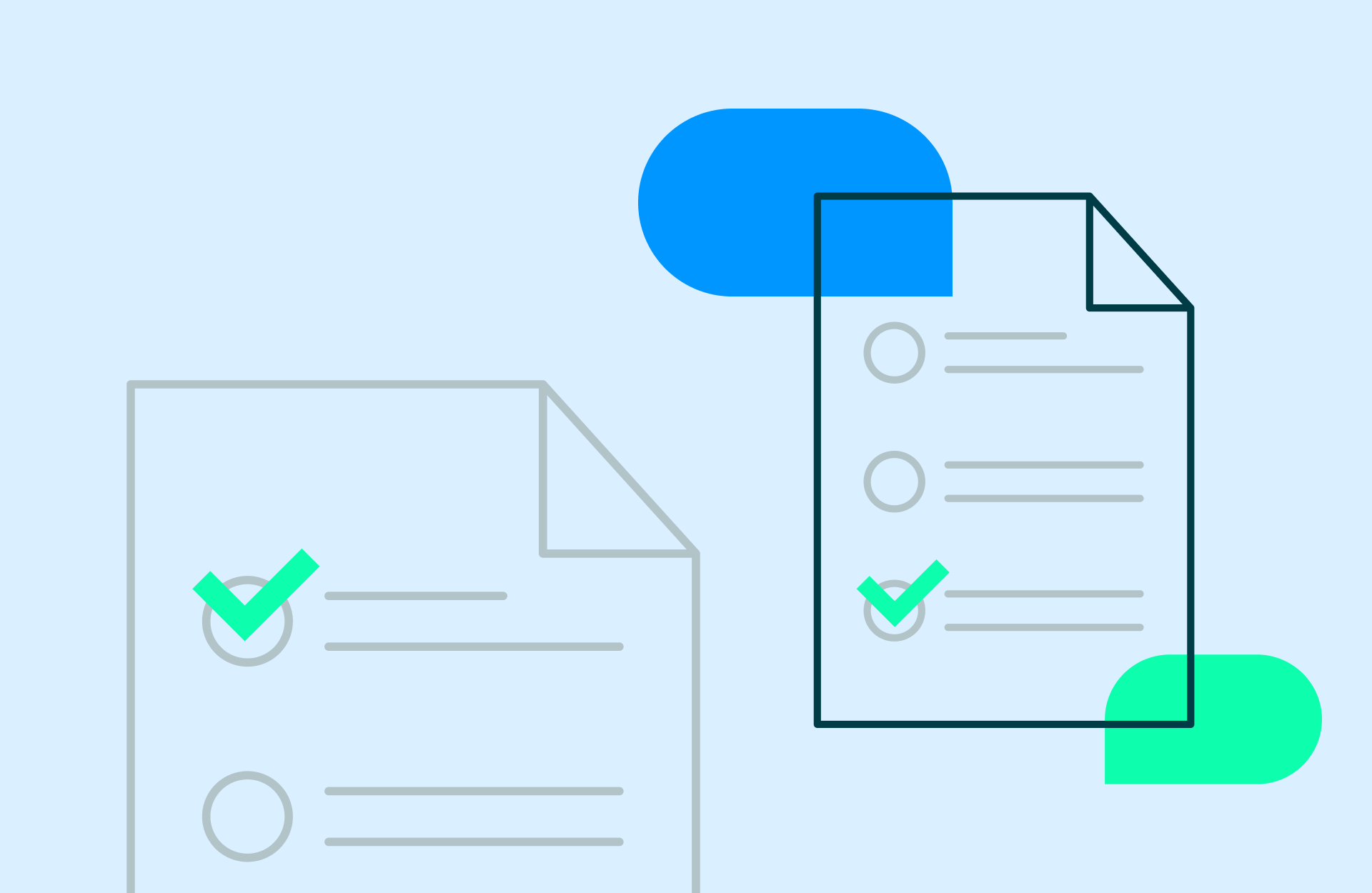End-to-end assessment supports the student education journey, from initial student interest to summative assessment, formative assessment, feedback loops, and data insights. Assessment (whether formative or summative) provides insights into student learning and serves as a communication intersection between students and teachers. Students are informed of next steps in learning and in turn, educators understand what it is students know and don’t know and can adjust their curriculum accordingly.
The end-to-end assessment journey begins with instruction. Let’s take a closer look at ways instruction informs end-to-end assessment and helps uphold integrity throughout the journey.
- Set clear learning objectives early on in instruction
One of the first steps instructors can take to uphold assessment with integrity is to set expectations for students. What is it that students are expected to learn? And what will their journey towards learning objectives look like? Like rubrics, setting learning intentions early on makes clear to students how to prioritize learning and prepare for assessment. It also enables instructors to design courses and assessments that align with stated learning goals.
- Align course content to assessment
Teach what will be tested—aligning instruction to evaluation supports end-to-end assessment with integrity. Instruction that directly aligns to tests, quizzes, and exams ensures fairness to students and results in assessments that accurately measure learning. And doing so promotes student learning and increases student learning outcomes.
- Gain student data insights
Evaluate teaching efficacy by analyzing student responses to formative assessments, otherwise known as item analysis. Assessments are a junction at which to measure whether students have learned what is taught and to determine next steps for both the student and instructor. What did students learn? What did students not learn? And what are the next steps in building a bridge between teaching and learning?
- Address student learning
While instructors teach what will be tested—it may still not result in students learning what is taught. Dylan Wiliams stated, “No matter how carefully we design and implement the instruction, what our students learn cannot be predicted with any certainty. It is only through assessment that we can discover whether the instructional activities in which we engaged our students resulted in the intended learning. Assessment really is the bridge between teaching and learning” (2013). Supplement student learning by reviewing topics with which students most struggled or misunderstand. By doing so, summative assessments like final exams become part of the student learning journey.
Connecting instruction to assessment builds the bridge between teaching and learning and upholds end-to-end assessment with integrity. Such instruction enables communication between students and instructors so that students are supported, seen, and reach learning goals.





